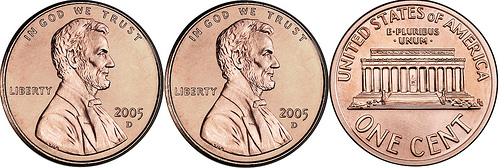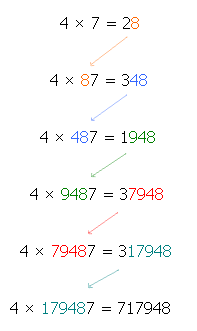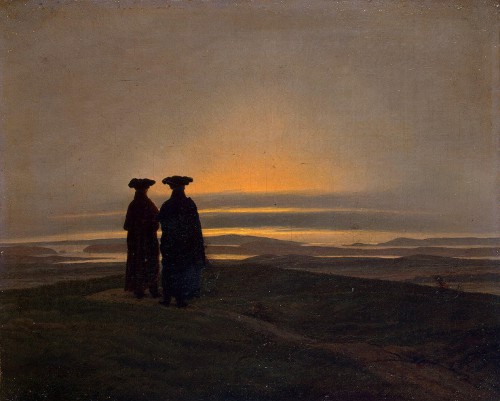
Let’s play a game. We’ll each name three consecutive outcomes of a coin toss (for example, tails-heads-heads, or THH). Then we’ll flip a coin repeatedly until one of our chosen runs appears. That player wins.
Is there any strategy you can take to improve your chance of beating me? Strangely, there is. When I’ve named my triplet (say, HTH), take the complement of the center symbol and add it to the beginning, and then discard the last symbol (here yielding HHT). This new triplet will be more likely to appear than mine.
The remarkable thing is that this always works. No matter what triplet I pick, this method will always produce a triplet that is more likely to appear than mine. It was discovered by Barry Wolk of the University of Manitoba, building on a discovery by Walter Penney.




